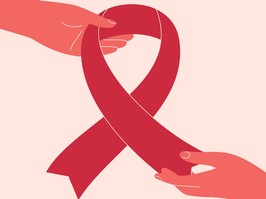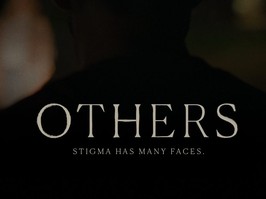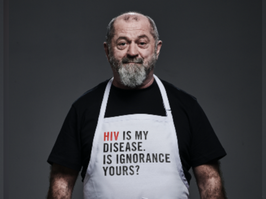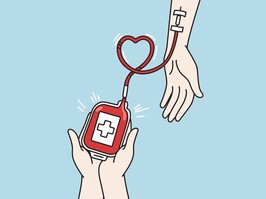hiv/aids
hiv, or human immunodeficiency virus, is a virus that attacks the body's immune system. if not treated, it can lead to aids (acquired immunodeficiency syndrome). unlike other viruses, the human body can't completely get rid of hiv, so once contracted, a person has it for life.
hiv is transmitted through bodily fluids including blood, semen, vaginal and rectal fluids, and breast milk. the most common ways hiv is transmitted are through unprotected sex, sharing needles for drug use, and from mother to child during pregnancy, childbirth, or breastfeeding.
in its early stages, hiv infection may produce no symptoms or cause a brief period of flu-like illness. over time, as hiv destroys more immune cells, the body becomes more susceptible to infections and infection-related cancers, leading to the development of aids.
diagnosis is through blood tests that detect the presence of the virus or the antibodies to it. thanks to better antiretroviral treatments, many hiv-positive individuals never develop aids.
treatment, known as antiretroviral therapy (art), is highly effective in controlling the virus. it involves taking a combination of hiv medicines every day. although art can't cure hiv, it can reduce the viral load to undetectable levels, significantly prolonging the lives of those infected and reducing the risk of transmission.
preventive measures include safe sex practices, such as using condoms, and pre-exposure prophylaxis (prep) for people at high risk. needle exchange programs can reduce the risk of hiv infection in intravenous drug users.























